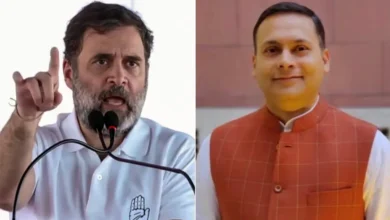Key Reasons For RBI’s Reluctance To Decouple From Global Rate Tightening In 2023
Indian retail inflation decreased from 6.52 per cent to 6.44 per cent in February, according to a government report published in March.

Key Reasons For RBI’s Reluctance To Decouple From Global Rate Tightening
Consumer prices remained unchanged for the second month due to persistently high prices. Food prices make up 39 per cent of the index.
It can hurt India’s growth prospects if the Reserve Bank of India (RBI) cannot decouple from the global monetary tightening cycle due to high inflation. Here’s everything you need to know about inflation.
A period of time in which prices of goods and services increase is called inflation. In most cases, this rate of price increases is measured on an annual basis. A simple example will help you understand inflation.
The Indian retail inflation rate accelerated to 6.44 per cent in February from a year earlier. The difference in price between February last year and now would be Rs 106.44 for a basket of goods.
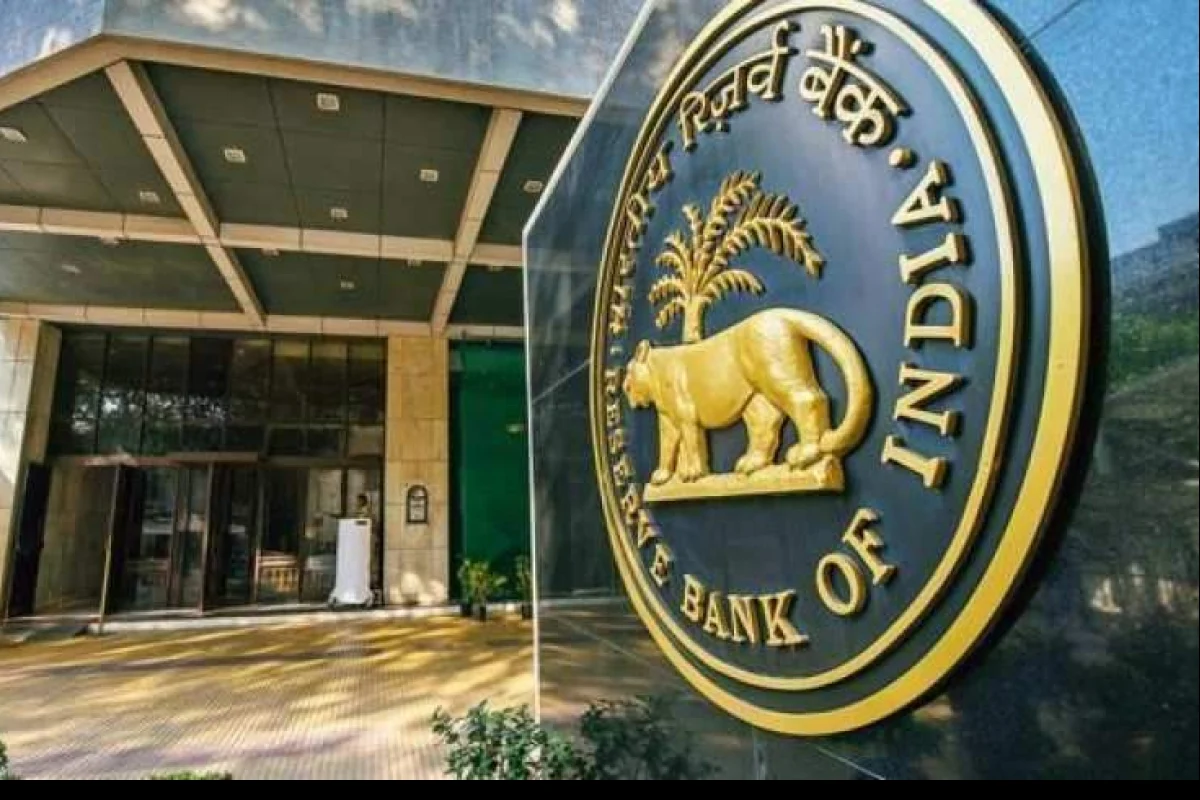
This indicates that the currency doesn’t have much purchasing power anymore. However, there is a point to be understood inflation is sometimes good.
As a result, consumers and producers benefit from moderate and stable inflation. When inflation is average, businesses keep producing goods and services, earning profits, and spurring economic growth.
On the other hand, high inflation rates cause the economy to suffer because they reduce consumer demand, forcing producers to reduce output. The economic recovery will stall if these conditions persist for a long time, and job losses will soon follow.
How Has Inflation Played Out Globally?
As a result of the pandemic-induced lockdowns that disrupted supply chains and closed down economic activities, high inflation has been a global phenomenon.
However, supply-chain disruption is not the only cause of post-pandemic price increases. Wealthy nations have come to regret their fiscal expansions and ultra-loose monetary policies implemented to counter the Covid-19 pandemic.
Banks like the Federal Reserve, the Bank of England, and the European Central Bank set low lending rates. They instituted Quantitative Easing (QE) to inject liquidity into the financial system.
These measures dramatically increased the economy’s money level, accelerating inflation. A four-decade high in US retail inflation was recorded in June last year, prompting Federal Reserve officials to raise interest rates aggressively.
Inflation in the UK accelerated to a 41-year high before moderating slightly, while Germany experienced inflation rates last seen after the fall of the Berlin Wall more than three decades ago.
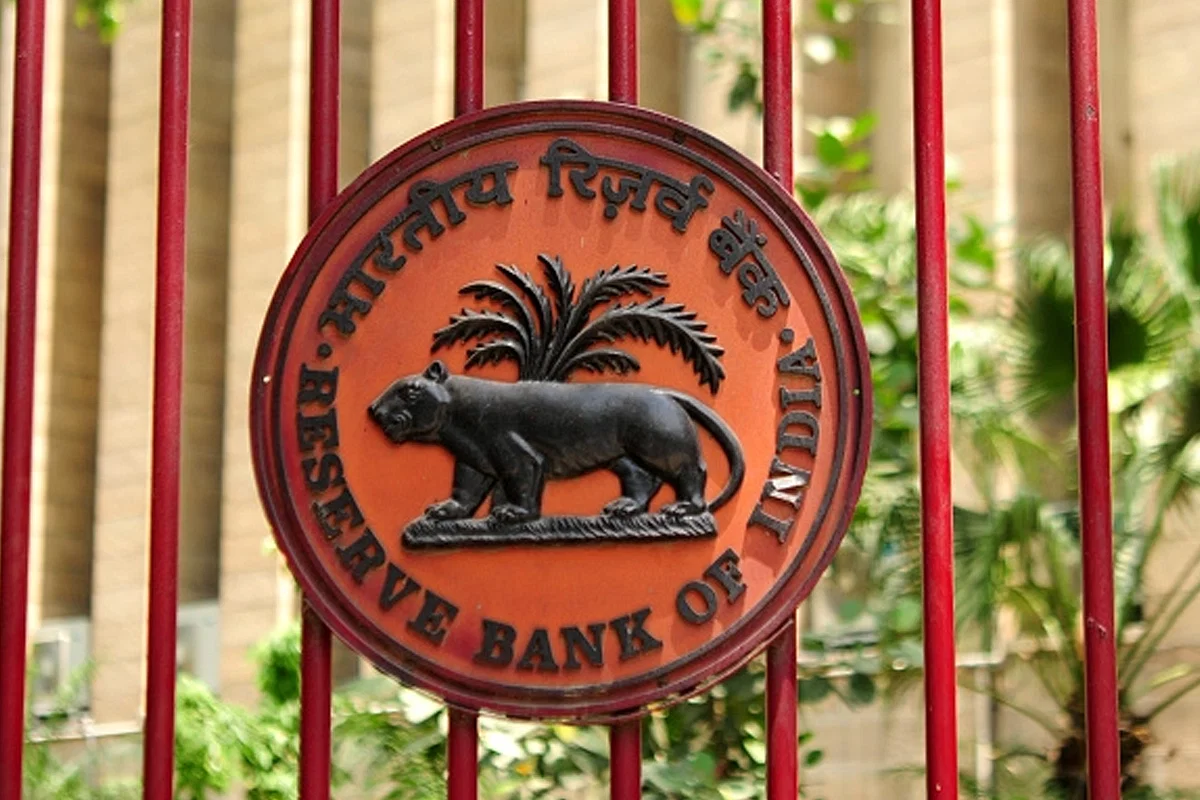
As the Covid-19 pandemic threatened lives and livelihoods, most economies and their central banks adopted similar policy mixes. In response to the viral infection spiralling out of control, companies worldwide laid off their employees.
In the aftermath of the pandemic, when commercial activity resumed, what happened was unexpected. Employers in rich economies like Canada and the US boosted wages to lure workers back to work.
Despite their advanced economies’ efforts, the available vacancies in these economies still need to be filled. Labour shortages, regardless of increased hourly wages, have also increased prices.
As a result of the France-Russia conflict and the sanctions imposed on Russia in retaliation, natural gas supplies to Europe have been cut off, and the global inflation landscape has deteriorated further.
How Has India Fared?
Despite its decoupling, India remains interconnected to the rest of the world. Globalization means that what happens in the US or Europe has consequences for India.
In addition to Covid lockdowns, India, Asia’s third-largest economy, has issued other measures to curb the spread of the pandemic. Inevitably, this resulted in massive disruptions.
The Narendra Modi government displayed exemplary nimbleness in adjusting policy formulations to mitigate the ill effects of the pandemic. The Covid policy framework evolved from Jaan Hai Toh Jahan Hai (prioritizing life) to Jaan Bhi, Jahan Bhi (prioritizing life and livelihood).
As a result, businesses returned to operation, preventing the economy from collapsing. In this way, his government saved companies from bankruptcy by providing them with credit support.
All economists criticized him for not spending enough to stimulate demand and blamed him for not doing enough. RBI has also lowered policy interest rates but has yet to print money, unlike its western counterparts.
The Modi government learned suitable lessons from its predecessor’s disastrous iniquity, which was attributed to the central bank’s loose monetary policy in response to the global financial crisis of 2008 that led to rampant inflation.
India’s inflation, although above the RBI’s 6 per cent tolerance level, hasn’t become unmanageable due to the government’s conservative fiscal policy and the immense pressure from experts and economists.
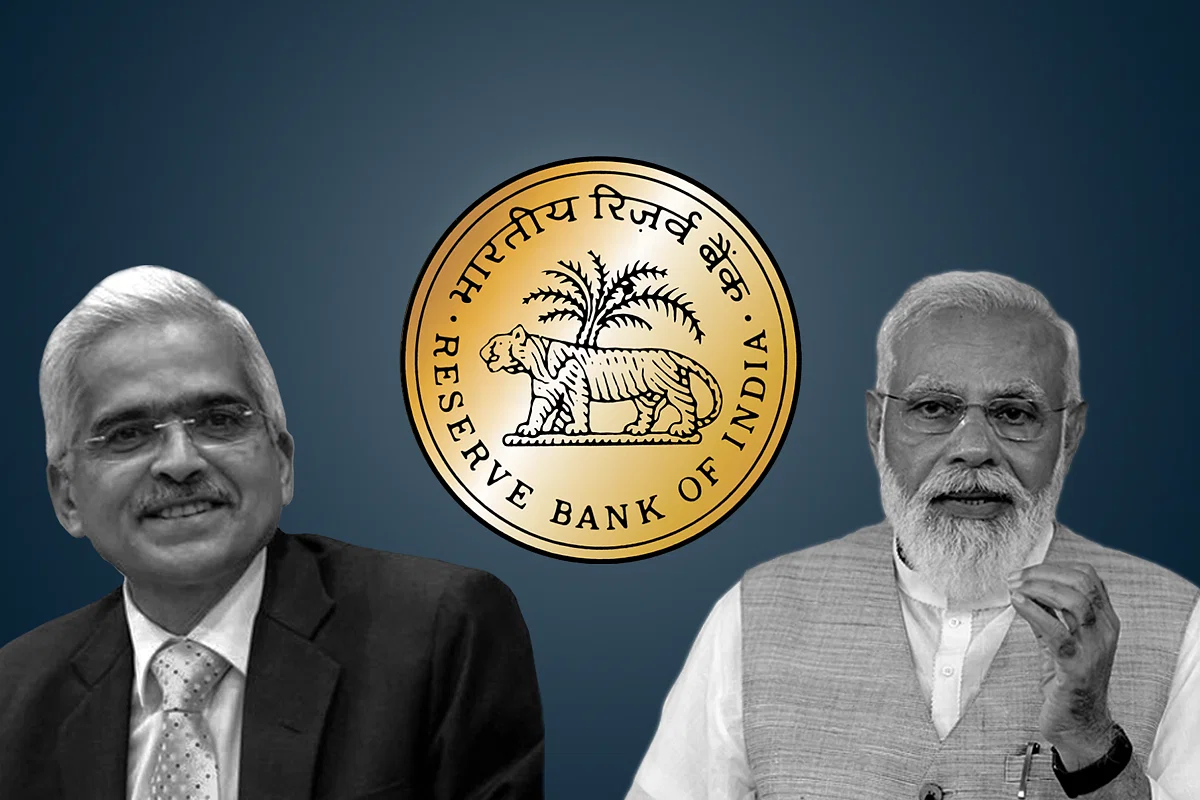
After their rapid rate increases, the RBI has begun to see results, as inflation has dipped significantly from its 8-year high of 7.8 per cent in April last year. As a result of geopolitical tensions, India imports about 80 per cent of its crude oil requirements.
Crude oil prices often rise abroad, while domestic prices also rise. Due to the Russia-Ukraine War, Kyiv’s severe shortage of key farm commodities has exacerbated inflation.
What Next For The RBI?
Economies across the West are experiencing high inflation and a cost-of-living crisis. Thus, their campaign against inflation shows no relent.
During a recent hearing before the Senate Banking Committee, Jerome Powell, chair of the US Federal Reserve, stated as much. In advanced economies, hawkish monetary policies complicate an RBI’s task of preserving price stability and pursuing growth.
Even though there is a growing chorus calling for the RBI to disconnect from the global tightening cycle, it is difficult for the RBI not to mirror the Federal Reserve’s rate decisions.
A failure to raise interest rates at all could lead to foreign investors fleeing Indian assets, potentially leading to a capital flight.
When the rupee weakens, imports will be more expensive, without necessarily increasing exports, as export destinations like the US, UK, and Europe face recessions.
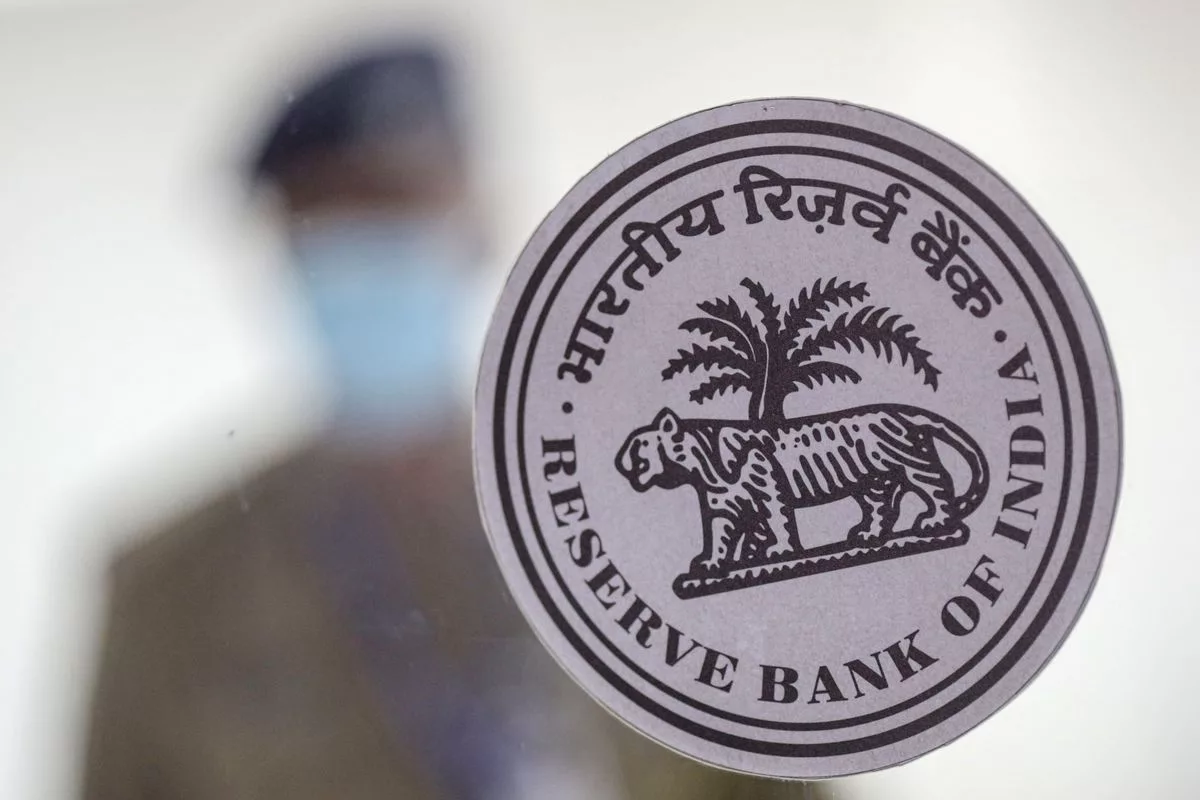
Furthermore, inflation is a regressive tax that adversely affects people with low incomes. Thus, it is vital to curb inflation and anchor inflationary expectations so that private investment can kick in effectively.
The RBI could sacrifice some growth if inflation is firmly controlled. The pandemic and the Russia-Ukraine war have both had profound adverse effects on India’s economy.
The RBI’s tolerance band for inflation is 2-6 per cent. Still, India’s massive and growing internal demand, coupled with government expenditures on infrastructure development, is likely to propel the country’s GDP up in growth orbit, leading to a glorious era of prosperity and global leadership for the world’s fifth-largest economy.
Edited by Prakriti Arora

